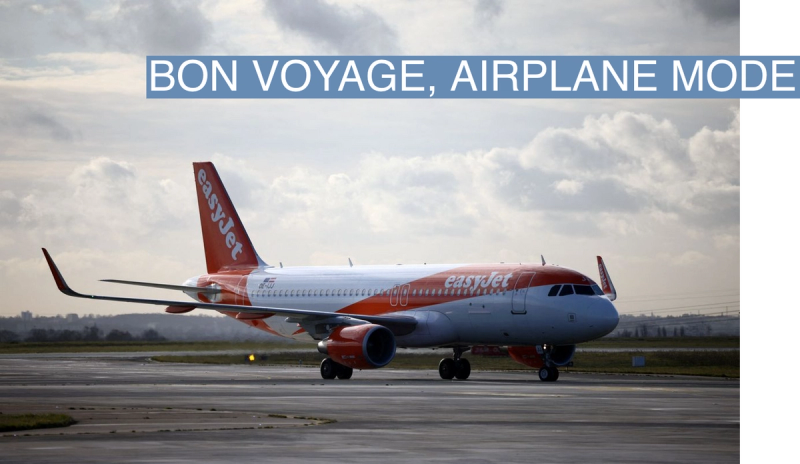The News
Passengers in the European Union won’t be required to turn on airplane mode after a new ruling from the European Commission allowed airlines to provide 5G technology on planes.
This means, fliers will no longer have to pay for the notoriously unreliable in-flight wifi and can stream entertainment, use their apps, or potentially make calls from their phones on 5G-equipped planes.

In this article:
Know More
The details of exactly how the program would operate are still in the works, but EU member states have until the end of June 2023 to make 5G available on planes.
At the moment, flying requires passengers to largely go offline throughout their journey, or shell out to buy in-flight data or wi-fi services.
With 5G enabled on flights, entertainment could be cheaper and more easily accessible, without the possibility of running out of pre-downloaded content to view on the plane. Basic communications, like alerting a loved one that your flight is delayed, could also get a lot easier for travelers in Europe.
Mobile phone use has been prohibited on planes over concerns of interference with the plane’s navigation system, but experts have said the risk is very small.
The View From the U.S.
In January, U.S.-based airlines warned that 5G connectivity within two miles of airport runways could mean “economic calamity” due to a possible disruption to plane navigation systems.
While this may pose an issue for American flights, Dai Whittingham of the U.K. Flight Safety Committee told the BBC that U.K. and European countries operate on a different set of frequencies for 5G than the U.S., which reduces the potential for interference.
The View From China
In 2021, China began testing 5G connectivity on some routes. ZTE, a Chinese tech company, has developed air-to-ground (ATG) 5G that would allow passengers browsing capability while in transit.
The technology uses 5G towers on the ground which ping to an antenna under the plane, and ZTE has said that each tower provides a 300-kilometer (186-mile) range.
China also made slow progress on offering inflight connectivity, with 842 aircrafts in its civil aviation fleet capable of providing inflight wi-fi at the end of last year.
The country recently vowed to boost the “industrial application of 5G technology in the civil aviation sector.”

